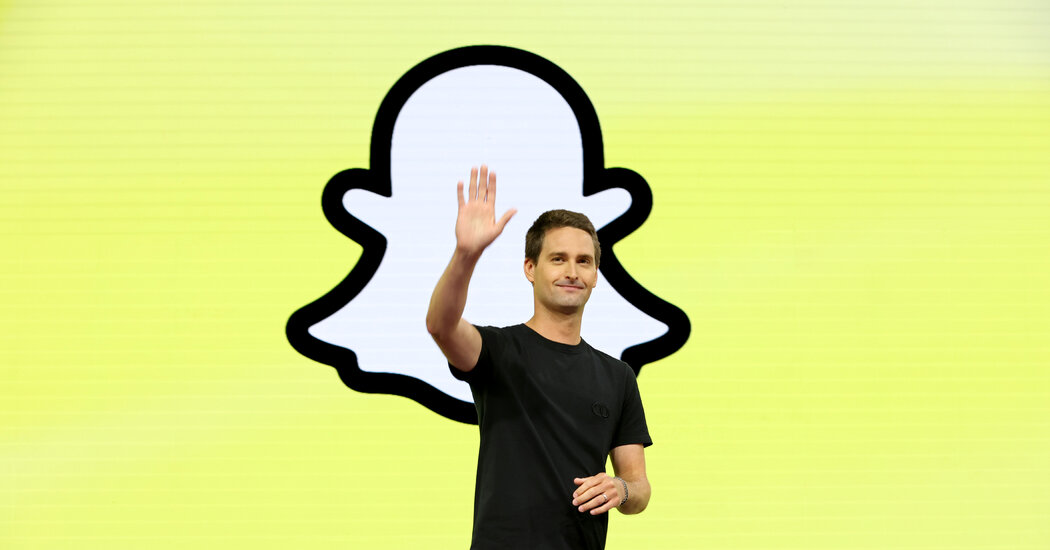Why it matters: The digital advertising slump is bouncing back, but not for everyone.
Declining demand for Google’s search ads and Facebook’s display ads has stabilized, with the digital ad giants each reporting a slight increase in growth this week.
But Snap, a smaller company, still faces fierce competition from the likes of TikTok. Snap has also been hit by Apple’s privacy changes, making it more difficult for advertisers to collect data and deliver highly targeted pitches.
Others also continue to struggle with the ad slump. Advertising revenue at YouTube, a subsidiary of Google, fell 3 percent in the first three months of the year.
Background: Hard times.
Snap was founded in 2011 and went public in 2017. It’s a growth stock, which means investors expect it to grow quickly. Still in 2021, Snap reported revenue growth that doubled last year’s results. That has slowed dramatically over the past year due to macroeconomic uncertainty in the face of inflation and rising interest rates, culminating in this quarter’s decline.
Snap’s stock fell 65 percent over the past year, pushing its valuation below $16 billion earlier this week. That’s less than what venture capitalists valued the company at before it went public in 2017.
What’s Next: subscriptions and AI
Like much of the tech industry, Snap has laid off staff and scaled back creative and ambitious side projects over the past year. And like much of the tech industry, it’s going big on artificial intelligence.
Snap recently unveiled a chatbot called My AI that allows Snapchat users to chat with the bot individually or in a group. The bot, powered by OpenAI, received some criticism from users. Snap said its users sent more than two million messages to the bot every day.
Snap is also pushing for more subscription revenue. Three million users pay $4 per month for Snapchat+, which gives them access to additional features.
Jasmine Enberg, an analyst with Insider Intelligence, wrote in a report that the company had not yet translated the excitement surrounding its new products into revenue, which did not change “the reality that its core business is struggling,” she wrote.

